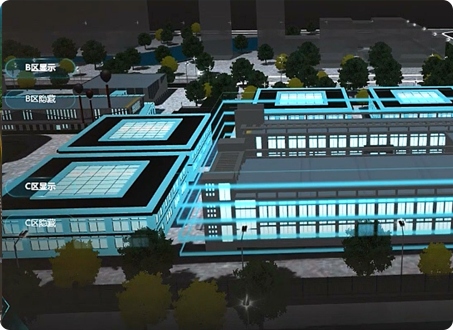
The benefits of this management system include:
- Improved Production Efficiency: With real-time monitoring and data analysis, factories can better adjust their production processes, reducing production downtime and resource wastage.
- Quality Control: Digital Twin Factories can detect and predict quality issues, reducing defect rates and enhancing product quality.
- Production Flexibility: Manufacturers can more easily adapt to changes in market demand, enabling small-batch customization and rapid delivery.
- Resource Optimization: Through optimized resource utilization, energy consumption and environmental impact can be reduced.
- Data-Driven Decision Making: Management personnel can make informed decisions based on actual data, increasing the competitiveness of the business.
In summary, the Digital Twin Factory Management System represents the future of manufacturing. It will drive the manufacturing industry towards greater efficiency, intelligence, and sustainability, providing more opportunities to address market challenges and achieve business success.
The Digital Twin Factory Management System
The Digital Twin Factory Management System represents the future direction of modern manufacturing. It is an innovative management concept that integrates digital technology with manufacturing processes to enhance production efficiency, quality, and flexibility. This system leverages advanced technologies such as the Internet of Things (IoT), big data analytics, artificial intelligence, and automation to transform traditional factories into highly intelligent, real-time monitored, and manageable manufacturing systems. The core idea of the Digital Twin Factory Management System is to combine the physical factory with a digital model. Through a large-scale sensor network, the factory can continuously monitor equipment status, production progress, and quality parameters in real-time. This data is transmitted to the digital model via cloud computing platforms, allowing management personnel to simulate, analyze, and optimize production processes in a virtual environment.



